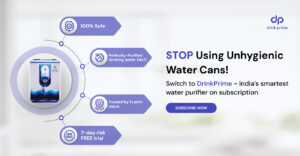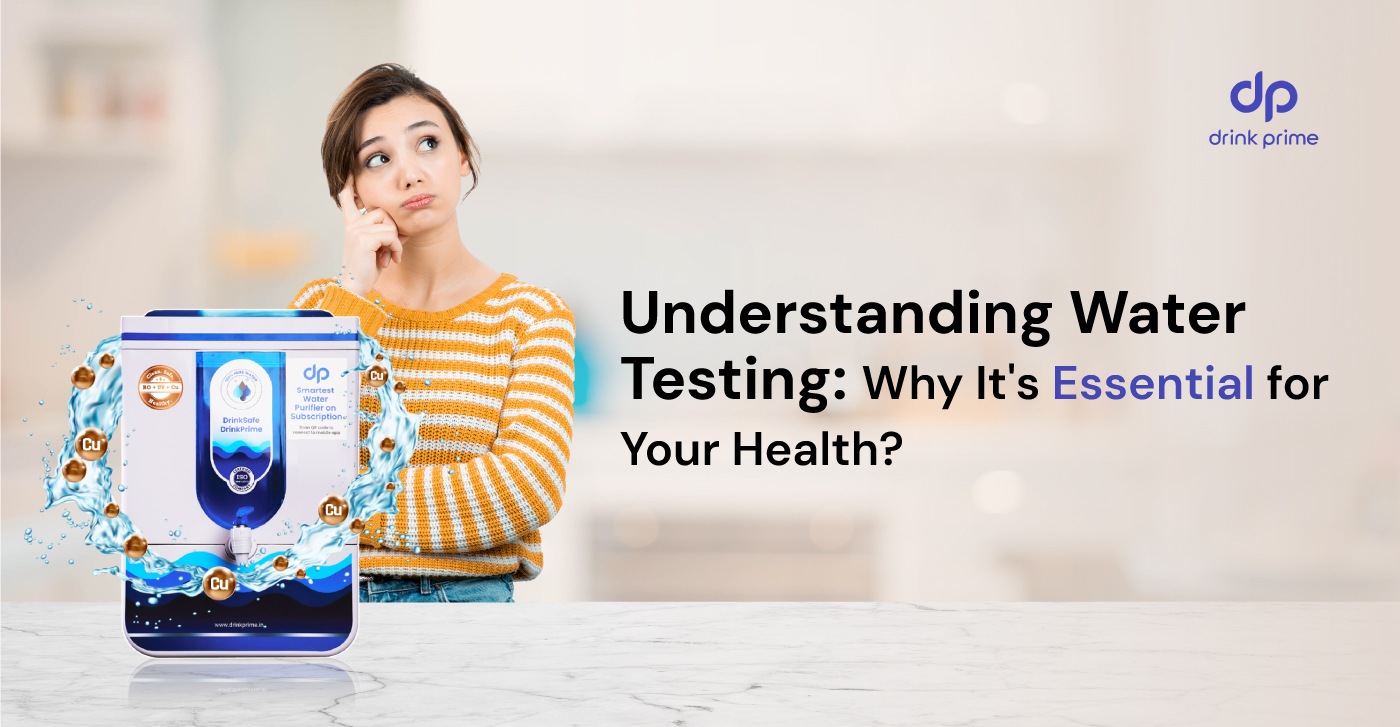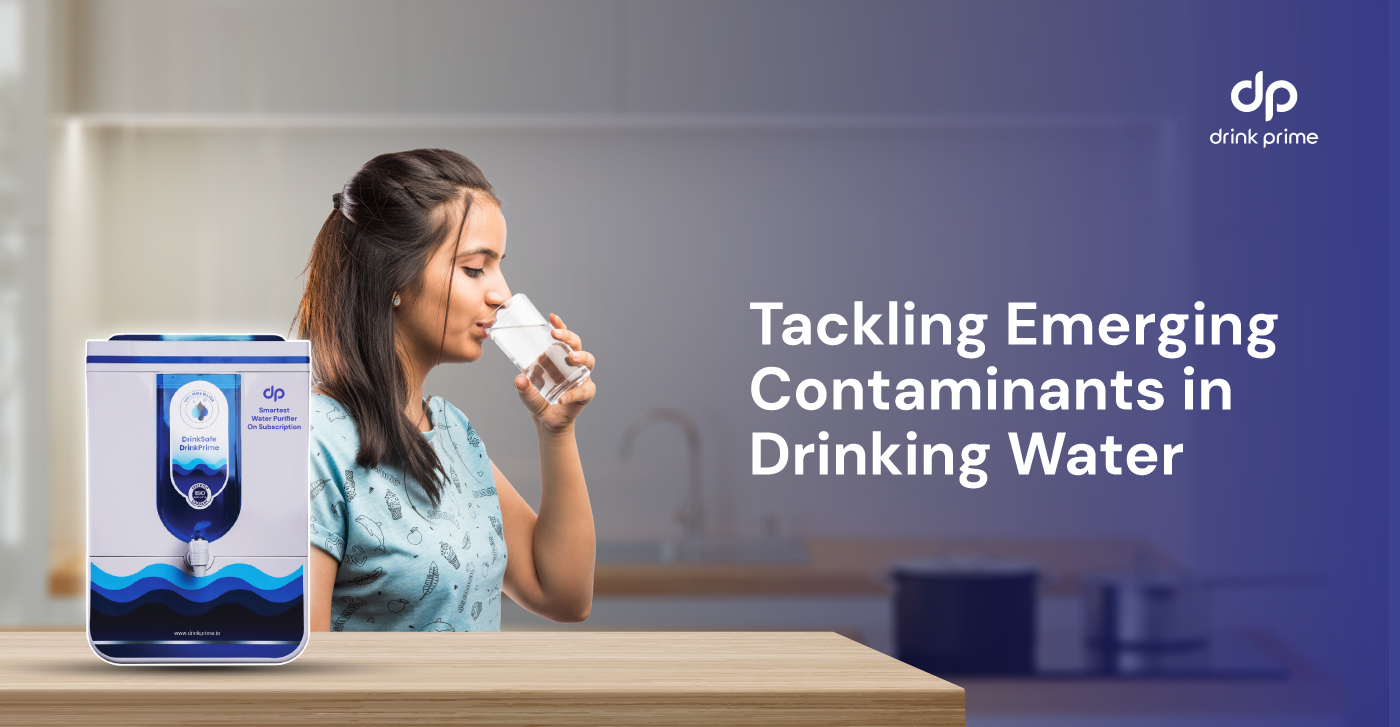Fluoride and drinking water- sounds a bit strange, doesn’t it?
But what if we tell you your drinking water has fluoride as well? No, we are not kidding!
It is often added to your tap water in order to improve your overall oral health without doing anything additional.
If you’ve seen any of those toothpaste ads, you’ve likely heard a thing or two about fluoride. It is a mineral found in nature – in water, soil, and some foods. It is also added to some toothpaste, mouthwash, and other dental products. Fluoride is important for dental health because it helps to strengthen teeth and make them more resistant to decay.
However, it is important to note that drinking water filled with excess amounts of fluoride is not good for you in the long run. It not only has the potential to cause dental fluorosis but also other health problems like nausea and diarrhea as well.
In this blog post, we will discuss why fluoride is added to your drinking water, why too much fluoride is not good for you, and how to remove fluoride from drinking water.
So sit back, relax, and let’s dive in!
Why is fluoride added to your drinking water?
Before we understand how to remove fluoride from drinking water, let’s understand what fluoride is. Just like what we talked about above, Fluoride is a naturally occurring mineral that has been shown to be effective in preventing tooth decay. It is added to drinking water in many communities around the world to help people maintain good oral health.
There are two main reasons why fluoride is added to water:
1. To prevent tooth decay
Fluoride works by making teeth more resistant to the acids produced by bacteria in the mouth. These acids can break down tooth enamel and lead to cavities. Fluoride also helps to repair early signs of tooth decay.
2. To strengthen your pearly whites
Fluoride helps to strengthen tooth enamel, making teeth less likely to chip or crack. The safe level of fluoride in drinking water varies depending on the age of the person and the climate. The World Health Organization recommends a fluoride concentration of 0.5 to 1.0 milligrams per liter (mg/L) for adults and children over the age of 8.
Let’s have a look at some of the problems caused by large amounts of fluoride and why it is important for everyone to know how to remove fluoride from drinking water.
What are the health problems caused by fluoride in drinking water?
Excessive fluoride in drinking water has the potential to cause various health issues, giving rise to a range of side effects:

1. Dental Fluorosis
One of the most common consequences of high fluoride levels is dental fluorosis. This condition manifests as discoloration and pitting of tooth enamel, impacting dental aesthetics and, in severe cases, functionality.
2. Skeletal Fluorosis
Prolonged exposure to high fluoride concentrations in drinking water can affect bone health, leading to skeletal fluorosis. Symptoms include joint pain, stiffness, and impaired mobility, reflecting the adverse impact on the skeletal system.
3. Neurological Concerns
Studies have explored a potential link between increased fluoride intake and adverse effects on cognitive function. While not conclusively proven, these findings raise concerns about neurological health in areas with high amounts of fluoride in drinking water.
This is why one needs to learn how to remove fluoride from drinking water. It is better to be careful of the fluoride levels in drinking water to prevent these adverse health effects. A delicate balance is required to get fluoride’s positive benefits on dental health while eliminating potential risks to our health.
How to remove fluoride from drinking water?
If you’re concerned about how to remove fluoride from drinking water and seek methods for removal, here’s a comprehensive guide on how to achieve pure and fluoride-free drinking water.
1. Reverse Osmosis (RO)

Among various methods, Reverse Osmosis (RO) stands out as one of the most effective ways to remove fluoride from your water. RO systems use a semi-permeable membrane to filter out impurities, including fluoride ions. The process ensures a high removal rate, making it a reliable choice for households concerned about fluoride in their water supply. If you are researching on how to remove fluoride from drinking water, this option is the most reliable and cost-effective one
2. Bone Char Carbon Filters
Bone char carbon filters utilize a natural adsorption process to remove fluoride. Made from animal bones, these filters have a porous structure that captures fluoride ions. It’s essential to note that this method may have limitations, and filter quality can vary.
3. Distillation
Here is one method on how to remove fluoride from drinking water. Distillation involves heating water to create steam, which is then condensed back into liquid form. This method effectively eliminates fluoride, along with other contaminants, leaving you with purified water. While distillation can be energy-intensive, its thorough purification process makes it a viable option for those seeking fluoride-free water.
Related Reading: Distilled Water vs Purified Water: Pro ,Cons and Comparison
4. Activated Alumina Filters
Activated alumina is a filter media known for its ability to adsorb fluoride ions from water. These filters work by attracting and holding fluoride, reducing its concentration in the treated water. While effective, it’s crucial to replace activated alumina filters regularly to maintain their efficiency.
5. Ion Exchange Filters
Ion exchange filters replace fluoride ions with less harmful ions, effectively reducing fluoride levels. However, regular maintenance and the need for regeneration make this method more complex compared to others.
Get 7 Days Risk Free Trial
Conclusion
While multiple methods exist to remove fluoride from drinking water, Reverse Osmosis stands out as a reliable and efficient solution. Its high removal rate, ease of use, and minimal maintenance make RO water purifiers the best method for anyone reading up on how to remove fluoride from drinking water. Consider the specific needs of your household and the efficiency of each method when deciding on the best approach to safeguard your water quality.
With the right water purifier in place, you can enjoy peace of mind, knowing your drinking water is free from excess fluoride and other contaminants.




